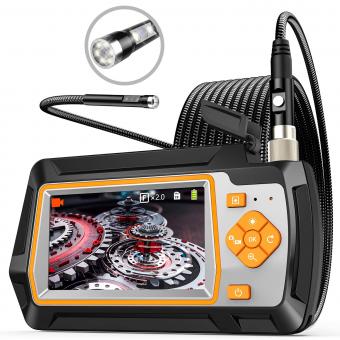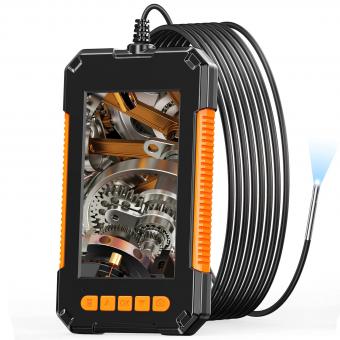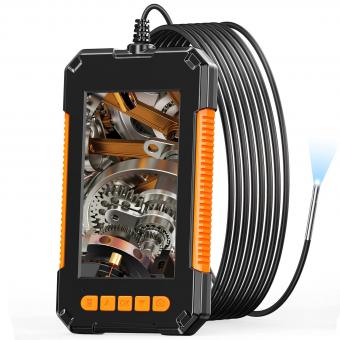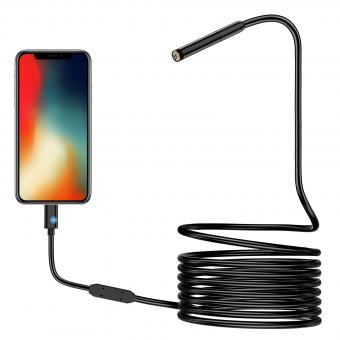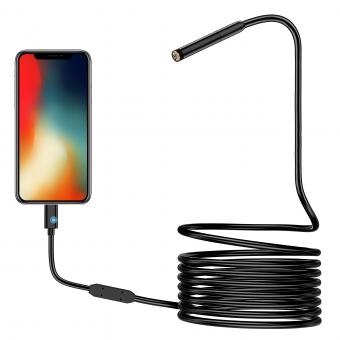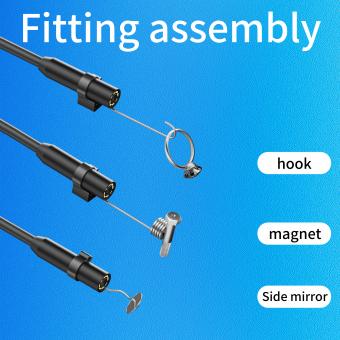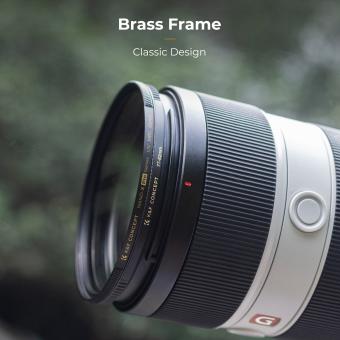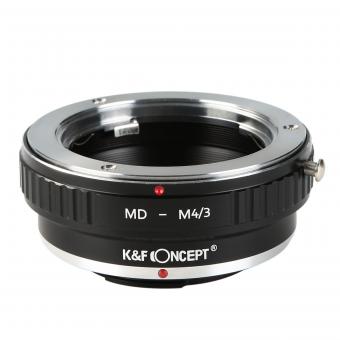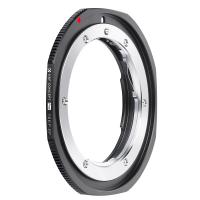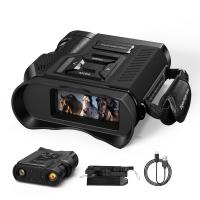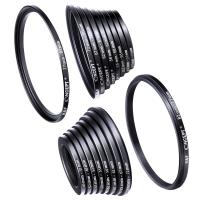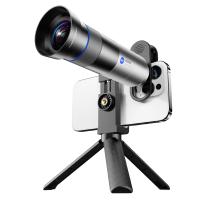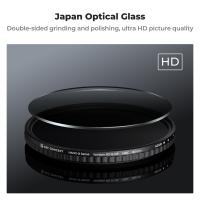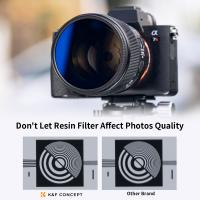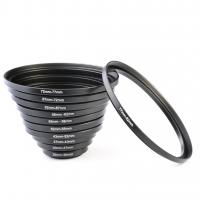Can An Endoscope Repair A Hernia ?
No, an endoscope cannot repair a hernia. An endoscope is a medical instrument used for visual examination of internal organs or cavities of the body. Hernia repair requires a surgical procedure, which may be performed using an endoscope in some cases. However, the endoscope is used only for visualization during the surgery, and the actual repair is done using other surgical instruments. The most common surgical technique for hernia repair is called herniorrhaphy, which involves pushing the protruding tissue back into the body and repairing the weakened muscle or tissue with sutures or mesh. In some cases, laparoscopic surgery may be used, which involves making small incisions and using an endoscope and other specialized instruments to repair the hernia. However, the endoscope is not used to repair the hernia itself, but rather to assist the surgeon in performing the surgery.
1、 Endoscopic hernia repair procedure
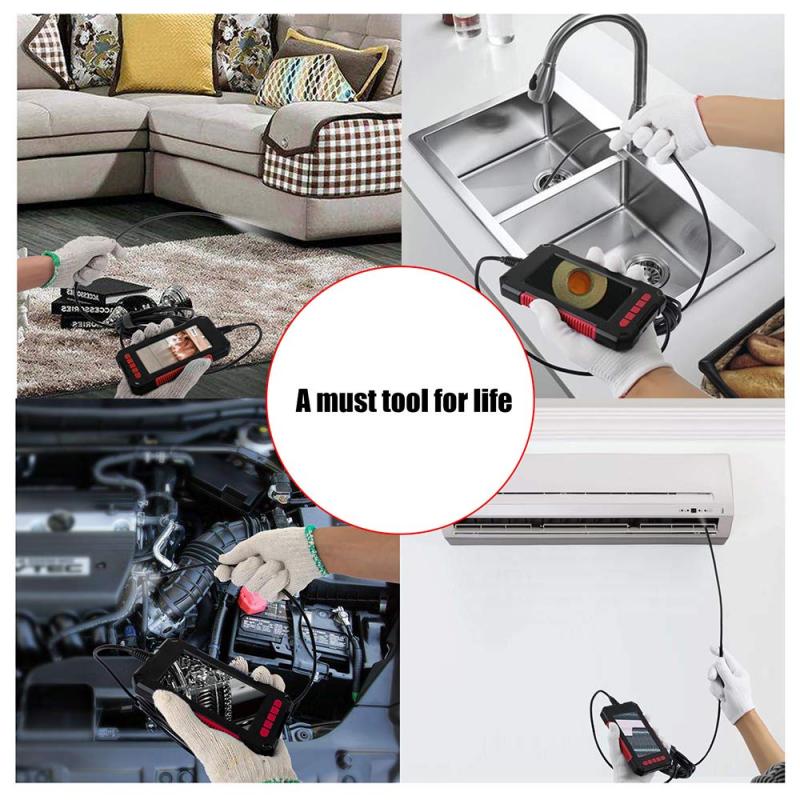
Endoscopic hernia repair procedure is a minimally invasive surgical technique that uses an endoscope to repair a hernia. The endoscope is a thin, flexible tube with a camera and light source that allows the surgeon to see inside the body without making large incisions. The procedure involves making a small incision near the hernia and inserting the endoscope to view the hernia and surrounding tissue. The surgeon then uses small instruments to repair the hernia, often using a mesh to reinforce the weakened area.
The endoscopic hernia repair procedure has become increasingly popular in recent years due to its many benefits over traditional open surgery. It is less invasive, resulting in less pain, scarring, and a faster recovery time. Patients can often return to normal activities within a few days, compared to several weeks with open surgery.
However, it is important to note that not all hernias are suitable for endoscopic repair. The size and location of the hernia, as well as the patient's overall health, must be taken into consideration. In some cases, open surgery may still be the best option.
In conclusion, while endoscopic hernia repair procedure can be an effective treatment option for certain types of hernias, it is important to consult with a qualified surgeon to determine the best course of treatment for each individual case.
2、 Advantages of endoscopic hernia repair
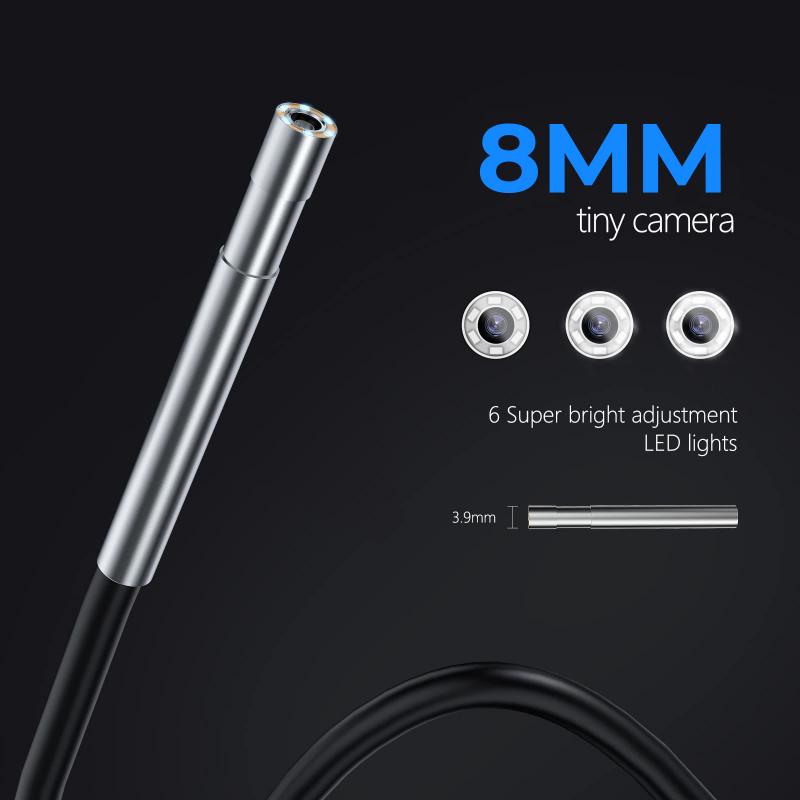
Advantages of endoscopic hernia repair:
Endoscopic hernia repair is a minimally invasive surgical technique that has several advantages over traditional open surgery. Some of the key advantages of endoscopic hernia repair include:
1. Faster recovery time: Endoscopic hernia repair is a minimally invasive procedure that requires smaller incisions than traditional open surgery. This means that patients typically experience less pain and discomfort after the procedure and can return to their normal activities more quickly.
2. Reduced risk of complications: Because endoscopic hernia repair is a minimally invasive procedure, there is a reduced risk of complications such as infection, bleeding, and nerve damage.
3. Less scarring: Endoscopic hernia repair requires smaller incisions than traditional open surgery, which means that patients are left with smaller scars.
4. Improved cosmetic results: Because endoscopic hernia repair requires smaller incisions and results in less scarring, patients often experience improved cosmetic results compared to traditional open surgery.
5. Lower recurrence rates: Studies have shown that endoscopic hernia repair has lower recurrence rates than traditional open surgery, meaning that patients are less likely to experience a hernia again in the future.
Can an endoscope repair a hernia?
Yes, an endoscope can be used to repair a hernia. Endoscopic hernia repair is a minimally invasive surgical technique that involves the use of a small camera and specialized surgical instruments to repair the hernia. During the procedure, the surgeon makes a small incision near the hernia and inserts the endoscope, which allows them to see inside the body and guide the surgical instruments to the site of the hernia. The hernia is then repaired using a mesh patch, which is placed over the weakened area of the abdominal wall to provide additional support. Endoscopic hernia repair is a safe and effective alternative to traditional open surgery for many patients with hernias.
3、 Risks and complications of endoscopic hernia repair

"Risks and complications of endoscopic hernia repair" is the more appropriate answer. While an endoscope is a useful tool for diagnosing and visualizing a hernia, it cannot repair it. Endoscopic hernia repair is a minimally invasive surgical procedure that involves inserting a small camera and instruments through small incisions to repair the hernia. However, like any surgical procedure, it carries risks and potential complications.
Some of the risks and complications associated with endoscopic hernia repair include bleeding, infection, nerve damage, and recurrence of the hernia. Additionally, there is a risk of injury to surrounding organs and tissues during the procedure. Patients may also experience pain, swelling, and bruising at the site of the incisions.
Despite these risks, endoscopic hernia repair is generally considered safe and effective. It offers several advantages over traditional open surgery, including shorter recovery time, less pain, and smaller scars. However, not all patients are suitable candidates for endoscopic hernia repair, and the decision to undergo the procedure should be made in consultation with a qualified healthcare provider.
In recent years, there has been some debate about the long-term effectiveness of endoscopic hernia repair compared to open surgery. Some studies have suggested that endoscopic repair may be associated with a higher risk of hernia recurrence. However, more research is needed to fully understand the benefits and risks of this procedure.
4、 Recovery and aftercare following endoscopic hernia repair
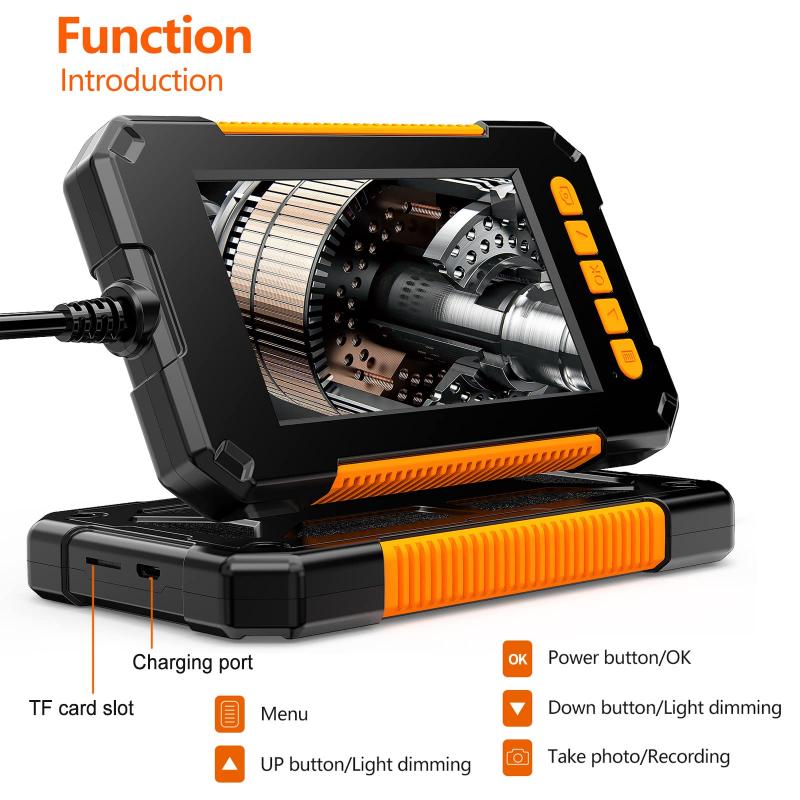
"Can an endoscope repair a hernia?" Yes, endoscopic hernia repair is a minimally invasive surgical technique that uses an endoscope to repair a hernia. During the procedure, a small incision is made, and the endoscope is inserted through the incision to visualize the hernia. The surgeon then uses small instruments to repair the hernia from the inside, without the need for a large incision.
Endoscopic hernia repair has several advantages over traditional open surgery, including less pain, faster recovery, and a lower risk of complications. Patients who undergo endoscopic hernia repair can usually return to normal activities within a few days, compared to several weeks for open surgery.
Recovery and aftercare following endoscopic hernia repair typically involves taking pain medication as needed, avoiding heavy lifting and strenuous activity for a few weeks, and following a healthy diet to promote healing. Patients may also need to wear a supportive garment or bandage to help support the area around the hernia.
The latest point of view on endoscopic hernia repair is that it is a safe and effective alternative to traditional open surgery for most patients with hernias. However, not all hernias are suitable for endoscopic repair, and patients should discuss their options with their surgeon to determine the best course of treatment for their individual needs."

